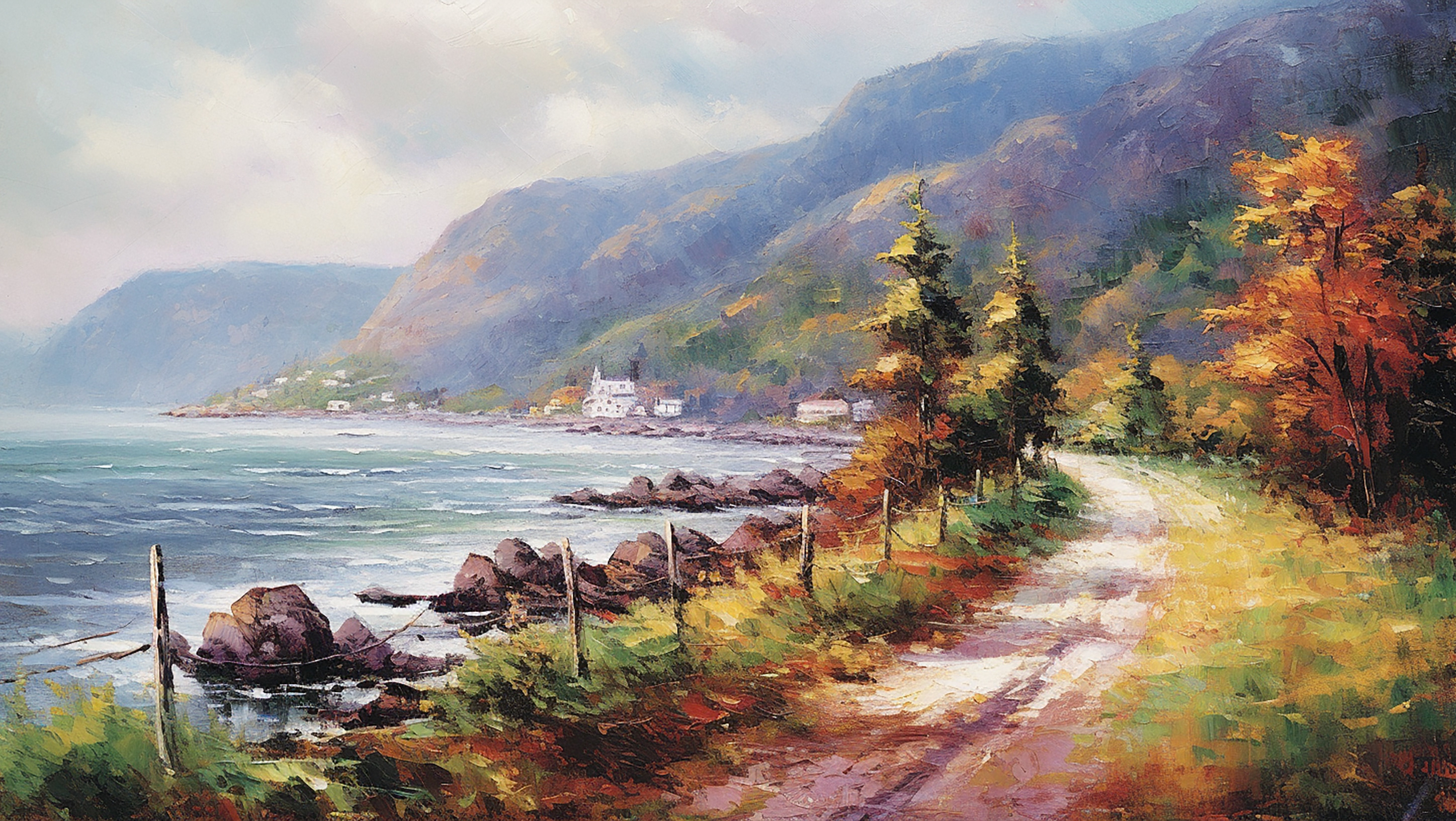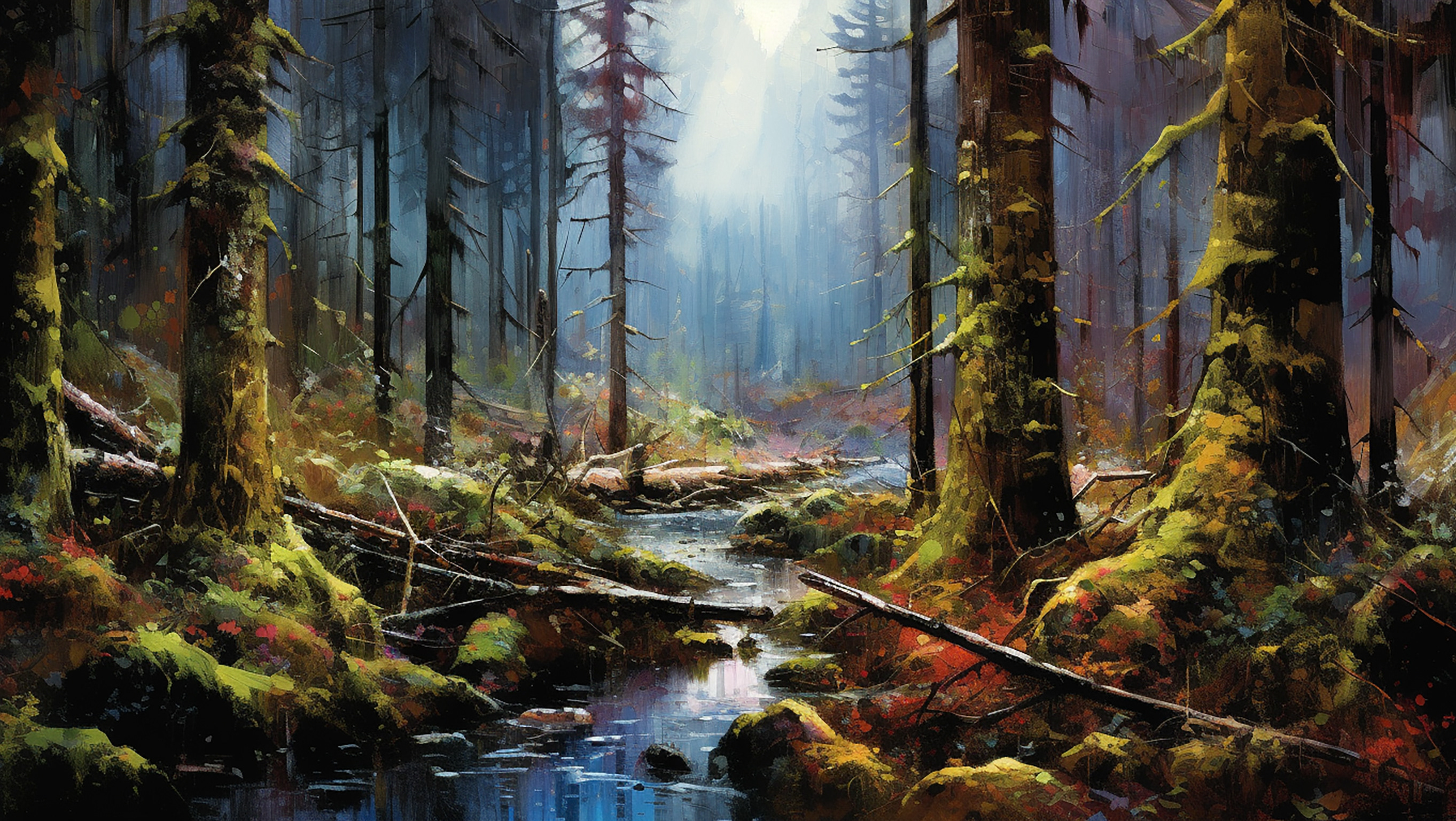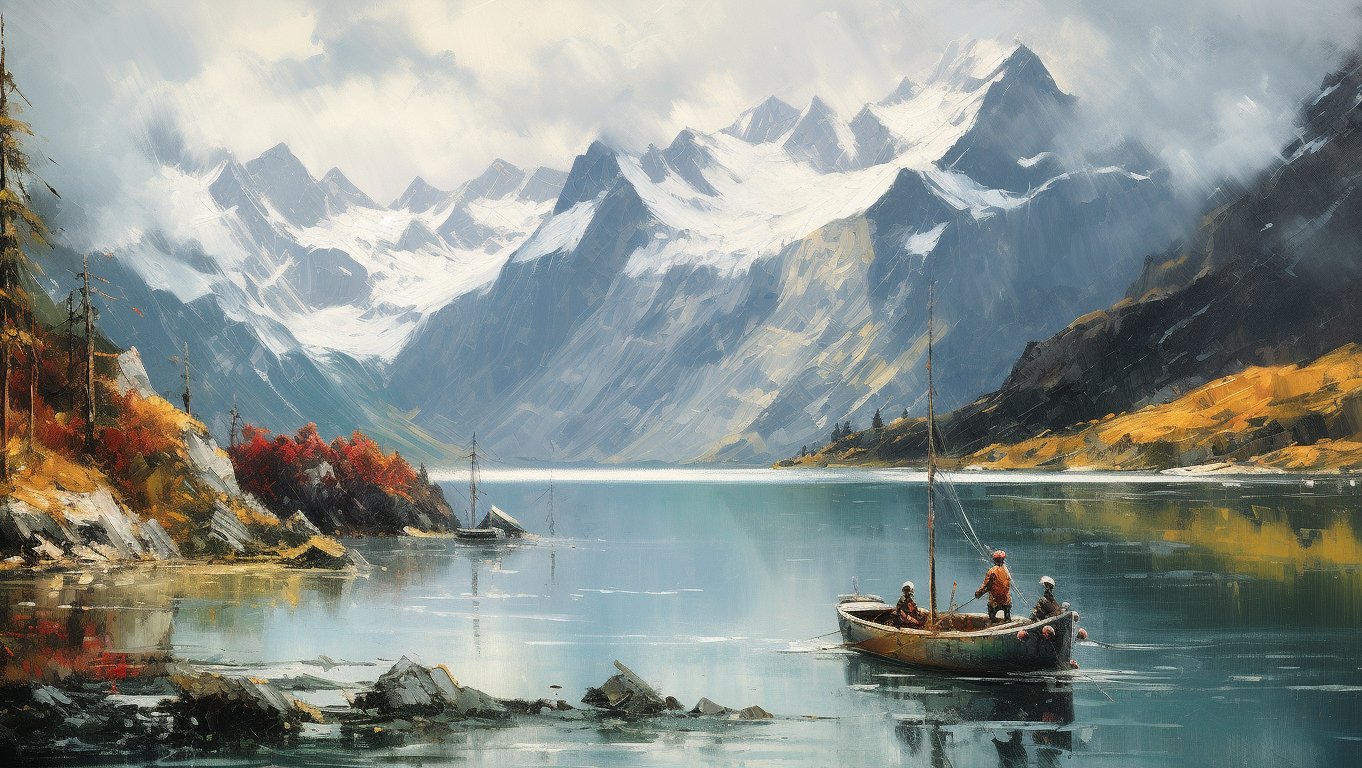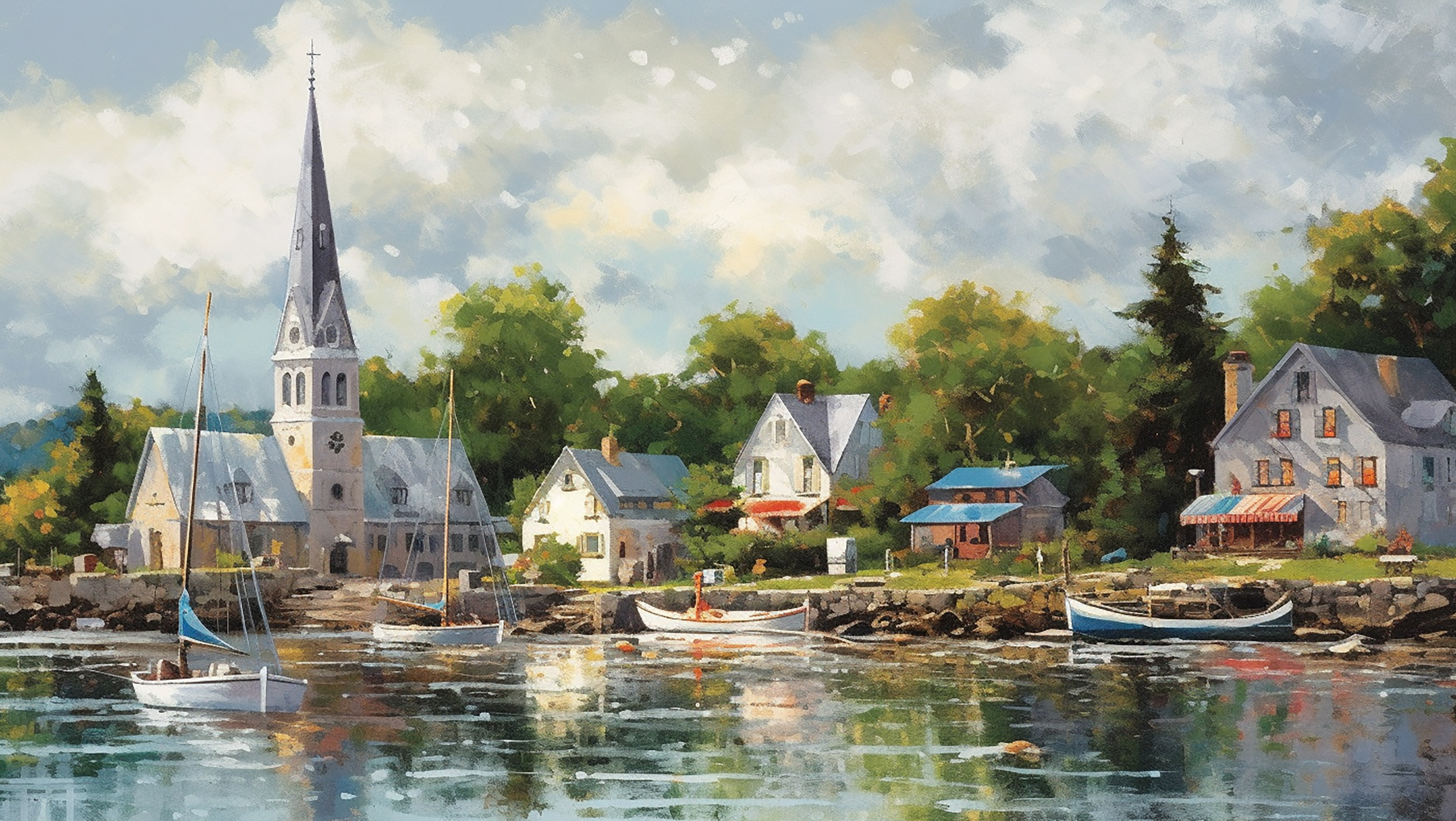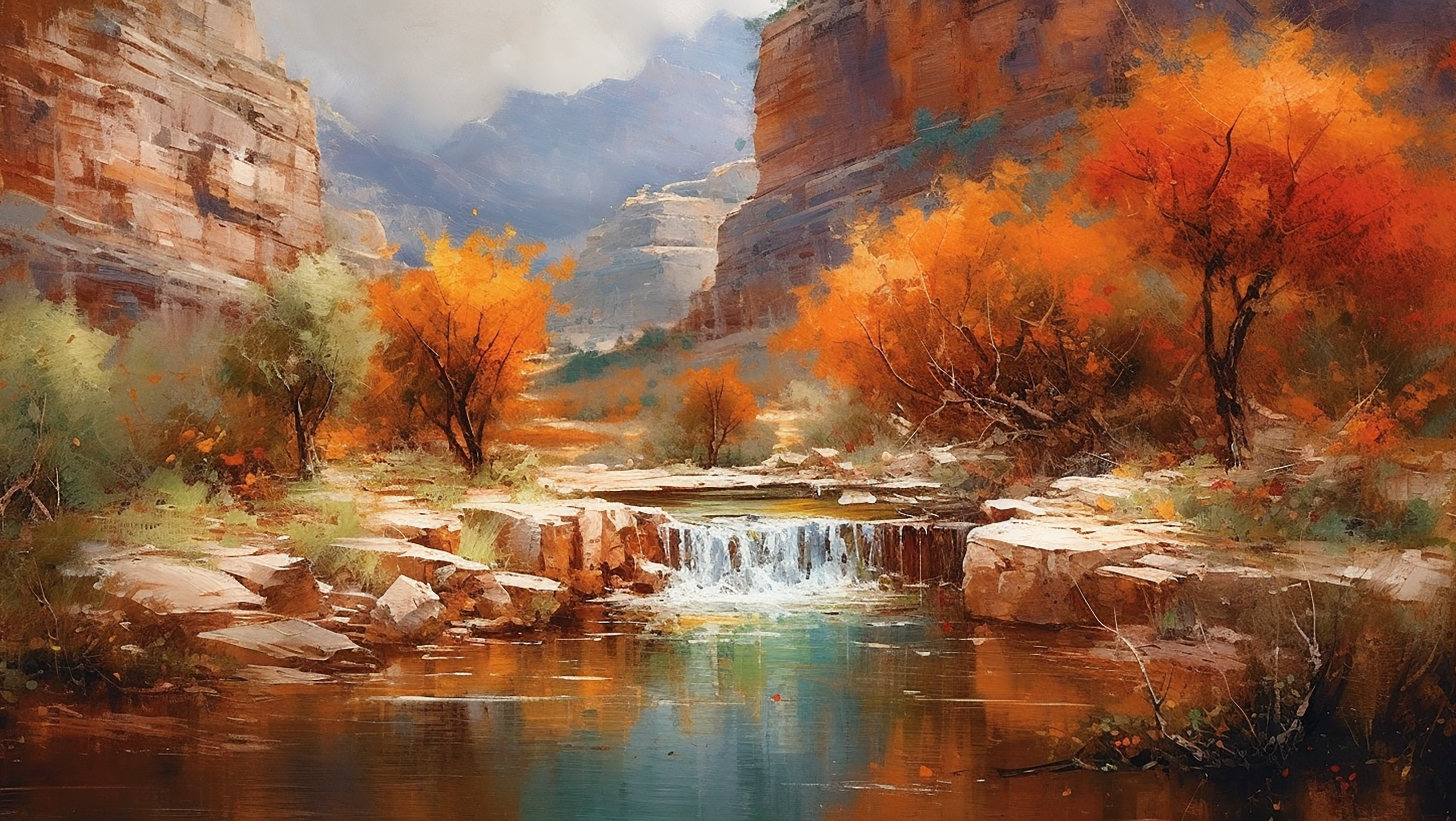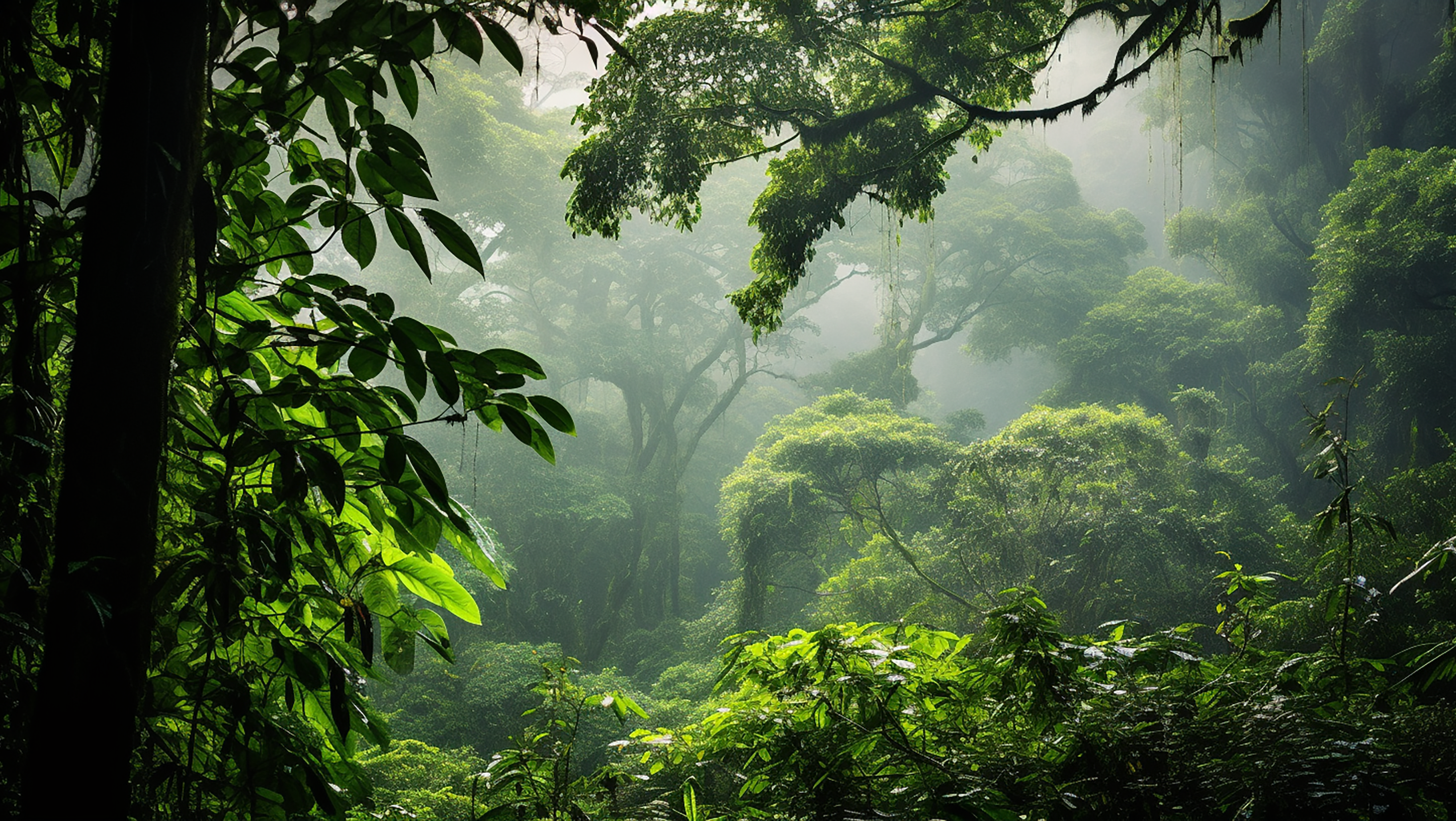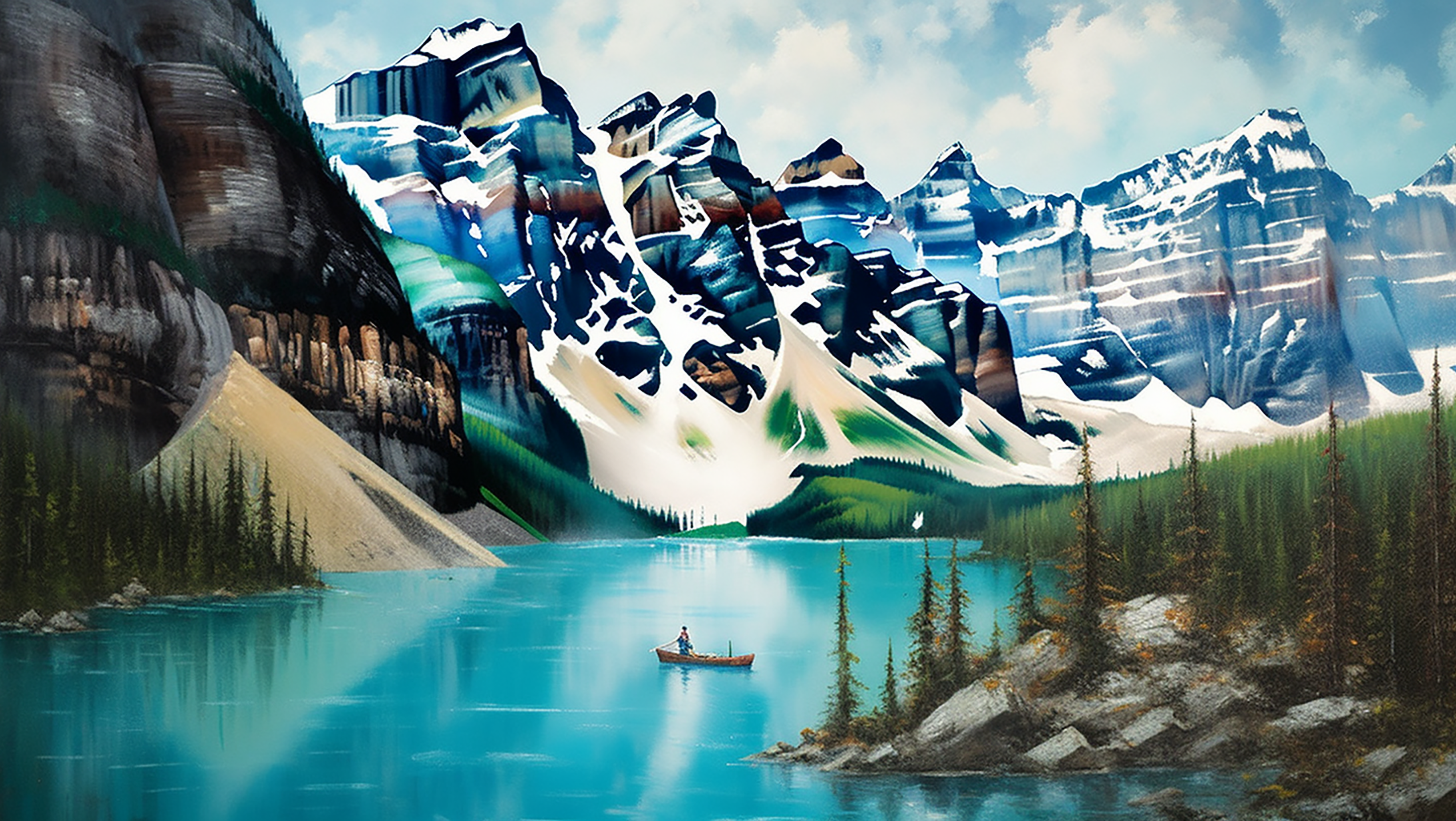Embarking on a two-week journey, I find myself drawn to the heart of Central America, to a land where I've never tread before - Costa Rica. This tropical paradise is celebrated for its lush rainforests, towering volcanoes, and unspoilt coastlines - narratives shared by those fortunate enough to have beheld its splendour.
But stories are but faint echoes of the truth, so now, it is time to write my own.
This tale starts with the odyssey of travel - a long haul flight, ten dormant hours to Houston, a two-hour layover, followed by a final three-hour stint to Costa Rica's capital, San José.
Amidst a few hiccups, including a delayed flight and a nerve-wracking possibility of being stuck in Houston, the journey progressed. As it turned out, United Airlines decided to delay the subsequent flight, as a considerable number of passengers from a London flight were continuing their journey to Costa Rica. A delay seemed a more favourable option than scattering 50 passengers across different flights or organizing a prolonged wait in Houston.
So, despite a minor setback of an hour and a half, I arrived in San José late in the evening, greeted by an anticipated torrential downpour.
In the heart of Costa Rica, cradled by verdant mountains and volcanic hills, lies the bustling city of San José. Some people called it the ugliest capital city in the world, I would certainly not be so harsh myself.
Established in 1737 as Villa Nueva de la Boca del Monte, San José started as a small village of cacao farmers. Life was modest, with the inhabitants, "Josefinos," eking out a simple existence from the fertile Costa Rican soil. This simplicity, however, was destined for change as San José was chosen to replace Cartago as the capital in 1823. This historic decision initiated a series of transformative events that would forever reshape the city's narrative.
The late 19th century brought the “oro verde” (green gold) revolution to Costa Rica. Coffee, a crop well suited to the high-altitude regions surrounding San José, transformed the city into a booming export hub. This period, fondly known as the "Coffee Boom," saw an influx of wealth, triggering a cascade of urban development. Cobbled streets gave way to more structured road networks, while wooden buildings were replaced by grand edifices and ornate mansions - signs of the newfound prosperity.
One of the most significant landmarks to emerge from this period was the exquisite National Theatre. Commissioned by wealthy coffee barons who desired a local performance venue, the theatre’s construction symbolized San José's growing cultural ambitions. This elegant edifice, with its European architectural influences and intricate interiors, remains a jewel of the city to this day.
The 20th century presented a series of challenges and transformations for San José. The city expanded rapidly in the 1950s and 1960s, accommodating waves of internal migration from rural areas. This rapid growth, however, came at a cost. By the 1980s, San José grappled with economic challenges, struggling to maintain its momentum. Yet, as resilient as the country's iconic resplendent quetzal, San José managed to navigate these trials, pushing forward with renewed vigour.
In early July, Costa Rica is in the grip of its rainy season, a time ironically labelled as the "low season." But unlike the relentless monsoons of some parts of the world, the Costa Rican rains aren't as radical, typically only lasting an hour a day, starting in the afternoon. This leaves the better part of the morning free for me to explore the local terrain, before retreating to the safety of my hotel to observe the cascading rain enveloping the jungle.
Unlike its poorer neighbours, Costa Rica is noticeably prosperous, its urban structure far more advanced. Yet, like other parts of this region, it hasn't escaped its share of challenges. As I traverse the city, high walls and barbed wires are conspicuous, hinting at a need for safety despite no apparent threat. It suggests a need for cautious exploration, choosing where to wander on foot wisely.
Despite this, the charm of San José, and indeed Costa Rica as a whole, is evident. A land where the bustle of urban life meets the serenity of nature; where rich traditions stand strong amidst the push for modernity. For the next two weeks, this paradoxical paradise would be mine to unravel.
But before planning for the future, let’s think about the past.
Before San José became a glimmer in the eyes of its founders, the region now known as Costa Rica was inhabited by diverse indigenous groups, including the Chorotega, Boruca, and Diquís. Each of these cultures had complex social and political systems, a rich tapestry of myths and religious beliefs, and impressive ceramics, goldwork, and agriculture skills.
The first European contact came with Christopher Columbus's fourth and final voyage to the New World. On September 18, 1502, Columbus, his crew, and their fleet of four vessels landed on Costa Rica's Caribbean coast. It was Columbus himself who, supposedly impressed by the indigenous people's ornate gold ornaments, named the region "Costa Rica" - Rich Coast.
Despite its promising name, Costa Rica proved challenging for the Spanish settlers. Unlike other areas of Central America, Costa Rica lacked a centralized and easily exploitable indigenous population. The region's widely dispersed tribes, coupled with the absence of precious metals and harsh tropical climate, made colonization a daunting task. It took over half a century after Columbus’s landing for the Spanish to establish a permanent settlement, in the form of Cartago, in 1563.
Though it was not the El Dorado the Spanish had hoped for, Costa Rica's fertile volcanic soil soon revealed another type of wealth. The land was ideal for agriculture. Coffee and bananas, planted in the 19th century, eventually became lucrative exports, laying the groundwork for the rise of San José and the modern nation of Costa Rica.
That was the past derived from history books, now it’s time to see the present with my own eyes.
After a well-deserved rest following the long flight, I began my first day at the hotel, seeing San José's red roofs scattered below. While the city, in some ways, was a proper metropolis, there was a touch of provincial charm to it, an intriguing contrast with its towering, modern buildings.
San José revealed itself as an eclectic blend of chaotic alleyways, interspersed with historic buildings of significant beauty, their ornate reliefs narrating the silent tales of epochs gone by. Street after street presented a mosaic of shops and small businesses, their ambience, at times, challenging to comprehend. Despite the early morning hour, the city was already teeming with life, possibly adapting to the rhythm of the rainy season, where sunny mornings give way to drenching afternoons.
Research had led me to a café that many hailed as the city's finest, nestled within the grand structure of a historic theatre in the city centre. The café was an aesthetic marvel, its ceiling adorned with intricate bas-reliefs. It offered a hearty breakfast - a tantalizing array of tropical fruits, omelettes, and an interesting take on pancakes that, in its local version, seemed more akin to lasagne.
Costa Rica is famed for its coffee plantations, and the café didn't disappoint. It served an assortment of local coffees, an opportunity I couldn't pass up, keen to taste how they compared to the familiar. Following this coffee-infused breakfast, I found myself in the city's main square, shared by one of the city's most opulent hotels, the Grand Hotel, notable for its remarkable bas-reliefs.
My next destination was just a stone's throw away. Still in the square, I decided to visit the Gold Museum, eager to uncover more of Costa Rica's rich history.
The entrance to the Gold Museum was somewhat elusive, resembling more a subway entrance located beneath the city square. After some minutes of searching, I found it and descended into a three-story underground pavilion, the lair of countless gold artefacts, primarily from pre-Columbian times, with a smattering of other elements.
The museum boasted an impressive array of local civilization's golden artefacts, many of which were thoughtlessly traded for beads by the colonizers. Each piece, whether a brooch or some other golden ornament, was granted ample space, spread across three different floors. Despite the variety, a common theme ran through these golden relics of different eras: they predominantly featured various animals. Alligators, birds, and other creatures, ranging from tiny to palm-sized, were depicted in gold.
In addition to these, golden dishes and plates adorned the displays, their intricate design and craftsmanship adding another layer of beauty to the exhibition. Although the collection might not boast a great variety of diverse pieces – many artefacts adhering to a common type – it was still well worth a visit. One could easily spend an hour, or even more time in the cool, underground space, providing a respite from the city's heat while marvelling at the golden history of Costa Rica.
Emerging back onto the surface from the Gold Museum, I was at a loose end. Not wanting to visit another museum, my online search brought up a coffee plantation located just outside the city. The half-hour Uber ride promised trails through the surrounding scrub and jungle, an interesting mix of local flora interspersed with coffee and fruit plantations.
However, upon arrival, I regretted not being better prepared for the hiking trails offered by the plantation. There were two main routes: a shorter one stretching 5 kilometres, winding through local plantations and remnants of secondary jungle, and a longer one of nine kilometres. As a sudden downpour started and my inappropriate footwear didn't fare well on the slippery, clay trails being transformed into muddy slides by the rain, I decided to stick to the plantation's restaurant and the concrete path cutting through the heart of the plantation.
Walking along the concrete path, I could leisurely observe the surrounding plantations, primarily coffee, from both sides. The coffee plants, mostly green in July, didn't seem ready for harvest. A few were showing a hint of redness, basking in the sun, but it seemed too early for harvest.
After my rainy sojourn, I decided to head back to San Jose. My plan for the next day was to leave early for a several-hour journey to another region, La Fortuna, which is known for its hot springs.
